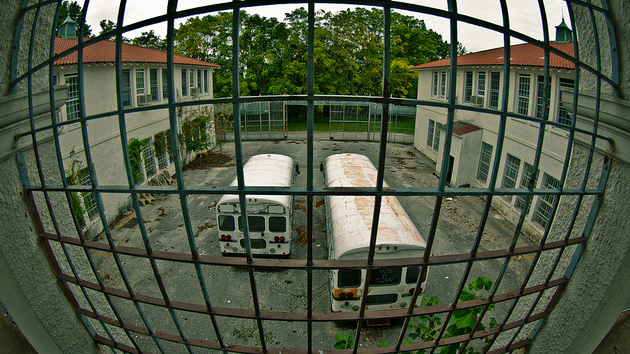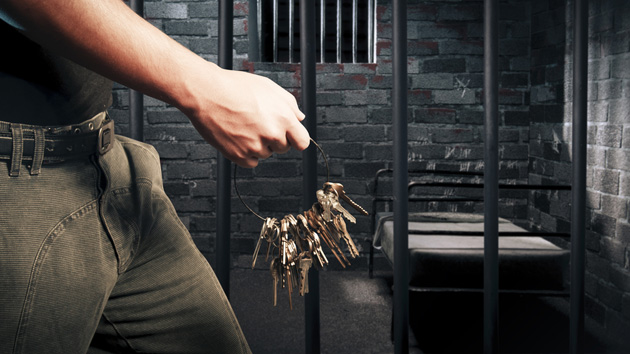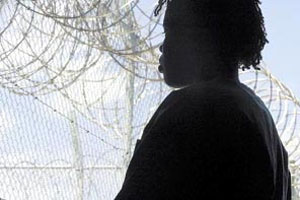
Richard Ross/Girls in Justice
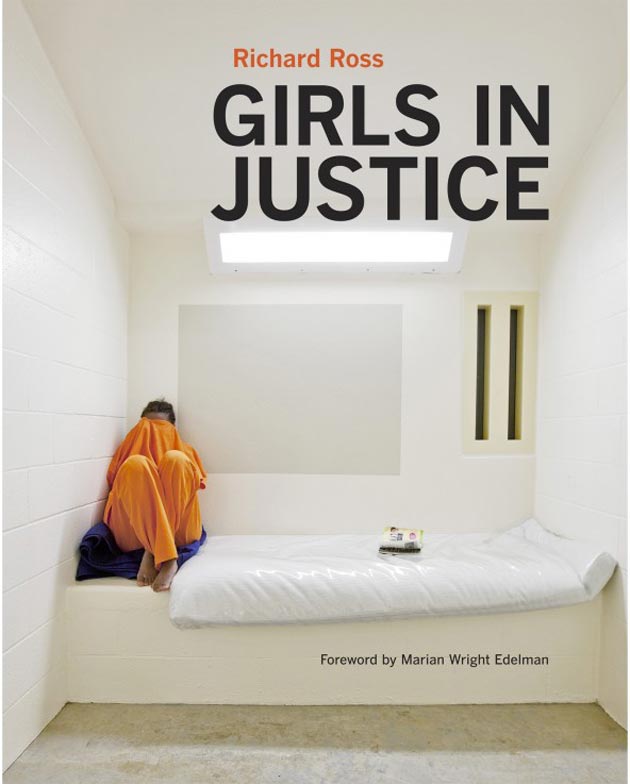
The number of kids entering the juvenile justice system has declined steadily in recent years, yet girls continue to represent an ever-growing share of those arrested, detained, and committed to custody. In his latest collection of photographs, Girls in Justice, Richard Ross—who has spent the past eight years documenting incarcerated kids—explores the lives of young women in custody. His haunting photos, taken across 250 different detention facilities, illuminate the difficult circumstances (absent caregivers, poverty, physical abuse, sexual violence, etc.) that drive girls into the system and in many cases keep them there.
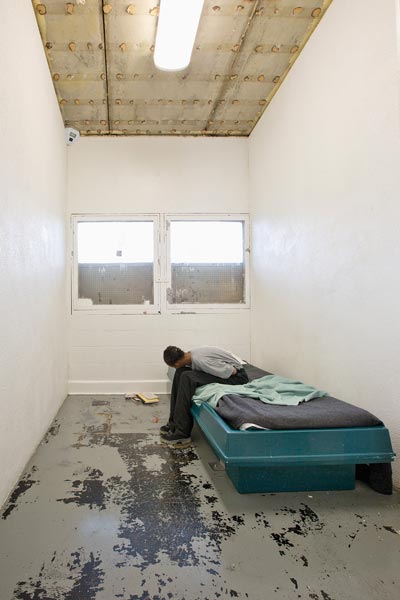
“We confine and often demonize a group of kids who have been abused and violated by the very people who should be protecting and loving them,” writes Ross, who also won a 2012 National Magazine Award for a photo collection on juvenile justice, in the preface. “These girls in detention and commitment facilities are further abused by an organized system that can’t recognize or respond to their history and their needs…Is this the only solution we can offer?”
In the book, for privacy reasons, the girls are identified only by their initials, and their faces are obscured. BN, the 15-year old at right, told Ross how she was forced into prostitution as a child—by her mom: “My mom’s 32, a crack and meth addict,” she explained. “I think I was in the fourth grade. Once you’re in the game, it’s hard to get out of it. And I like the money now. I had gonorrhea when I was 12. Nobody wanted to help me. I don’t know what they are going to do with me. I would be a mother to my brother and sister. I would do things like pay all the house bills.”
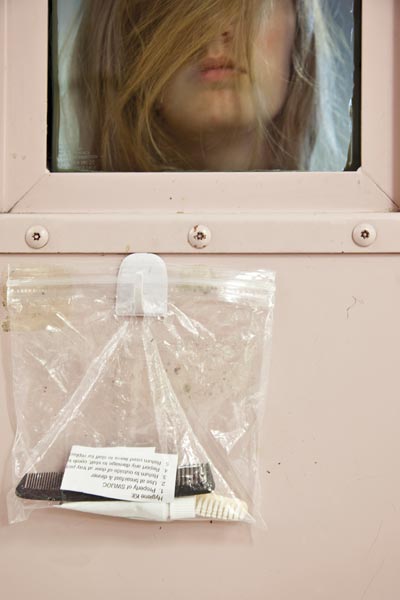
BN also said she was a runaway—sort of: “I really didn’t run away, but my mom kicked me out of the house.”
Most of the girls Ross interviewed reported that their first arrest was either for running away or for larceny theft, which lines up with the statistics: Girls account for about 60 percent of arrests for running away from home.
Seventeen-year-old SG told Ross that she ended up in detention after being on house arrest; she left the house to go to church. “I was a meth baby,” she said, noting that she’s used meth too, but had been clean for a year. SG said her father beat her when she was little—he left the family when she was six. He later went to prison for child abuse and drug charges. When she was seven, SG said, she was abused by an adult that worked with kids at a local Boys and Girls Club. She waited six years to tell the police: “I don’t think they did anything.”
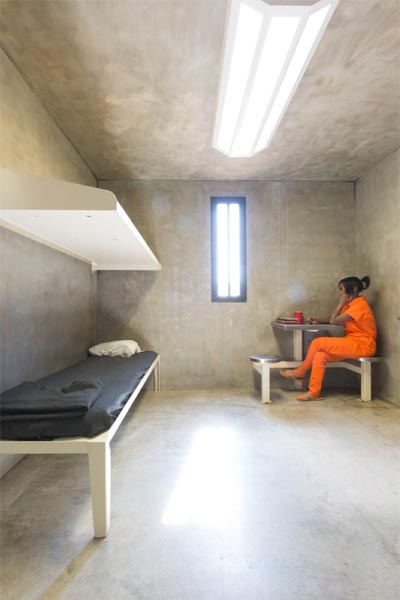
Eighteen-year-old BW told Ross that her mother used to burn her with cigarettes when she and her siblings were young, and would hit them with extension cords if they got in trouble at school. She also recounted being sexually abused by her stepfather. “My aunt came in and said, ‘Did you touch my babies? Did you touch them?’ And he said, ‘I didn’t touch them goddamn kids.’ Then he comes in with a gun. He got the gun to her head like, ‘Don’t you snitch on me, don’t you tell the police.’ So we’re thinking ‘My auntie is gonna lose her life right in front of our eyes.'”
These sorts of experiences are common among girls in juvenile facilities: According to the author of a 2009 Department of Justice-funded study of 100 South Carolina girls in detention, 35 of the girls had witnessed a murder, 44 had been sexually abused by an adult, 50 had been abused physically by a caregiver, 54 had a caregiver who served time, and 69 reported having “consensual” sex with an adult.
In the book, Ross points out that involvement in the system can lead to symptoms of post-traumatic stress for girls. The militarized climate of detention facilities is one contributing factor.

A lot of detention facilities have “a very paramilitary framework,” he notes in an email. “Hands behind your back, eyes down, arms length.” The guards typically come from a military or law-enforcement background. “They treat the kids as little adults, small soldiers. The long hallway and locked doors are typical: 8×10 cells, concrete bed, mattress too flat, bed too hard, pillow too flat, blanket too thin…Their shoes are parked outside the door, indicating ‘There is a body inside the cell,’ to quote the guard.”
One young girl, 15-year-old KN, showed Ross her tattoos. At the time he photographed her, she had been in detention for two months. She said she’d been put in placement—a less restrictive detention option—after being charged with battery and assault of a girl at school, but she kept going AWOL and finally ended up in a lockup situation.
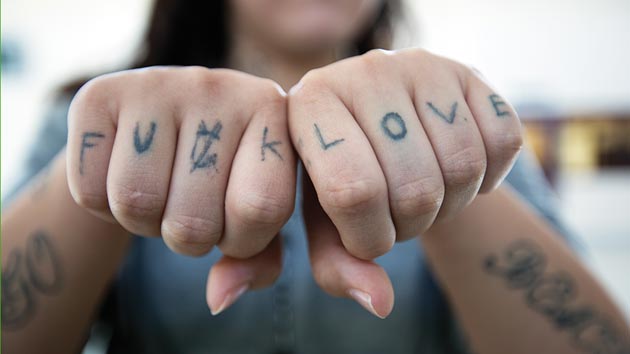
After her four month stint in detention, she would most likely be sent back to placement. “But mostly, I want to go home,” she told Ross. “I have a girlfriend here. And on the outs. My parents are real Catholic. They say God doesn’t like you being with girls, but they’re glad that I do because that way I won’t get pregnant…God thinks I can do better with my life and He knows I will do better.”
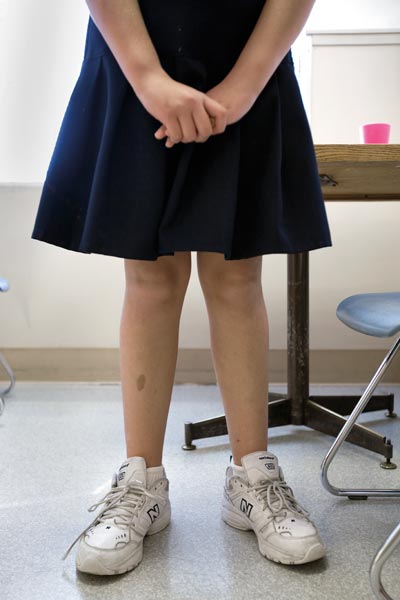
“Who tattoos this across their fingers? Where can this lifetime commitment to purge and reject love come from?” Ross asks his readers. “‘Fuck Love’ is the response to a familial trust shattered. A wish to announce that she rejects those that have rejected her.”
One of the facilities that Ross visited is Maryvale, a Los Angeles residential treatment center for girls ages 8 to 17. It used to be an orphanage. One of the girls Ross photographed there was only 11. He doesn’t know her name and was not allowed to interview her. “Some of them are too fragile,” he writes. “They come from abusive homes and the results are the fragile world between dependency and detention.” In this facility, the girls are in rooms with real bedspreads and lots of stuffed animals. Ross asked the director why there were so many stuffed animals, even for the older girls. “The response was, ‘These kids have never had a real childhood, so we try and allow it at every age.'”
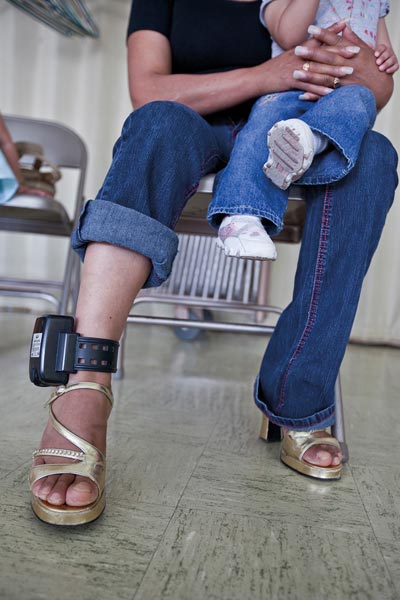
Black, Native American, and Latina girls are all detained at higher rates than white girls. And the racial disparities in detention have an impact even after the girls leave. Ross cites a study from the American Academy of Pediatrics that shows that detention radically increases the likelihood of early mortality for Latinas. The study found that girls who have been in detention are five times more likely than the general population to die within 16 years of their detention. And for Latinas, the risk is nearly twice as high.
RT, a 16-year-old undocumented immigrant from Guatemala, told Ross that she was working at a packing plant when Immigration and Customs Enforcement raided the place. She was one of many minors working there, she said. “They deported most of the people, but kept some of us to go to court against the owners…All of us were from the same village in Guatemala. We live in houses that the company owns. I think they let me stay because of my baby.”

